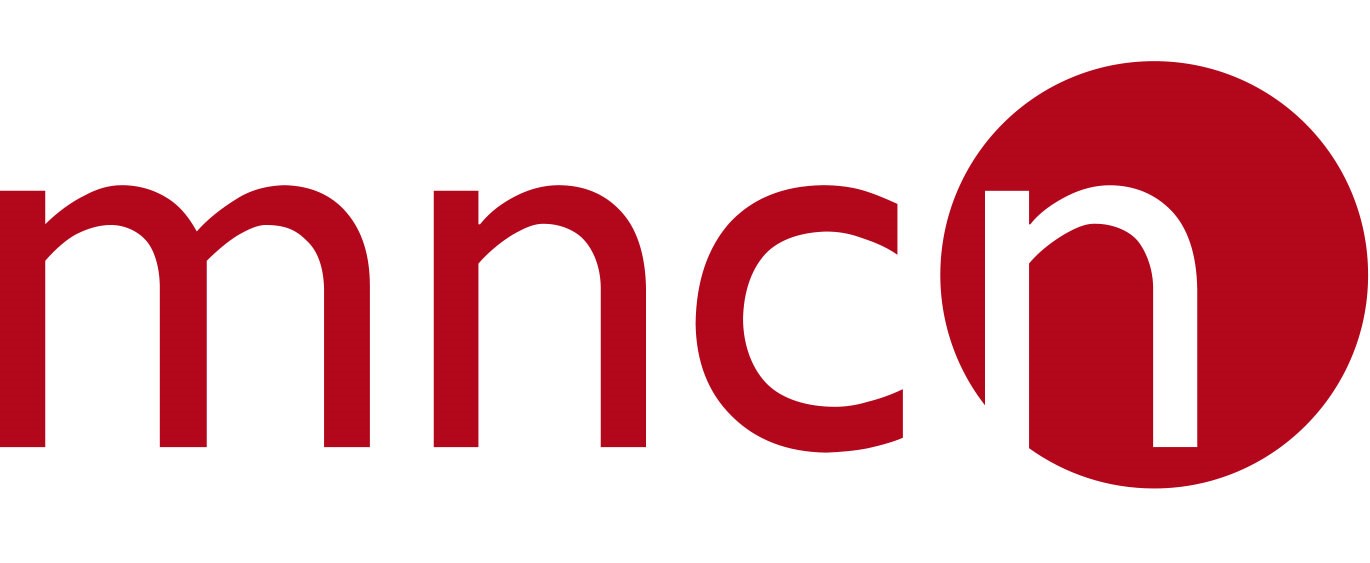Non-destructive X-ray microdiffraction laboratory
EQUIPMENT:
The BRUKER D8 Discover A25 microdiffractometer (approved by the Nuclear Safety Council [BOE-A-2010-17526]) available in the Non-Destructive Techniques Service is a device that allows the chemical and structural identification of crystalline phases.
* PRINCIPLES OF THE TECHNIQUE:
X-ray diffraction (XRD) is a physical technique that allows the study of crystalline phases that form a material. It is based on the scattering produced by a substance when interacting with an X-ray beam of a specific wavelength. The angle and intensity of the diffracted rays, registered by a detector, is characteristic of each crystalline phase.
Microdiffraction X-ray equipment (µXRD) makes posible precise measurements in very small areas without the need to prepare the sample, therefore, it is a non-destructive technique. The analysis area is selected using an optical microscope with the help of a laser pointer that, together with collimators of different sizes, produces an incident X-ray beam with diameters between 2 mm and 50 µm. The equipment has an X-ray micro-source with a copper anode, using its Kα spectral line.
Although the results are of better quality when the surface of analysis is flat, the samples do not necessarily require modification or previous preparation, and can be rocks, ceramics, metals and organic solids up to 5 kg. Powdered samples can also be analyzed.
The µXRD eases the analysis of samples of small size and/or compositionally heterogeneous. In addition, the device has a rotating stage accessory, which allows to minimize the effect of preferential orientation. It also has a temperature control chamber that makes possible testing of phase changes vs temperature changes up to 1400oC.
The EVA and TOPAS computer programs are available for data processing and qualitative and quantitative identification, with the Rietveld method, of the crystalline phases present in the sample. For the analysis of the diffractograms the COD and PDF2 databases are available.
These analyses have application in different studies: geological, paleontological, gemological, biological, archaeological, environmental, chemical, forensic, materials science, civil works, artistic heritage, etc.
Schedule
LABORATORIO EN INSTALACIÓN- NO OPERATIVO TODAVÍA
CERRADO HASTA PUESTA A PUNTO
SE AVISARÁ DE SU APERTURA
Staff
Marta Furió Vega
Cristina Paradela Guerrero
Laura Tormo Cifuentes





